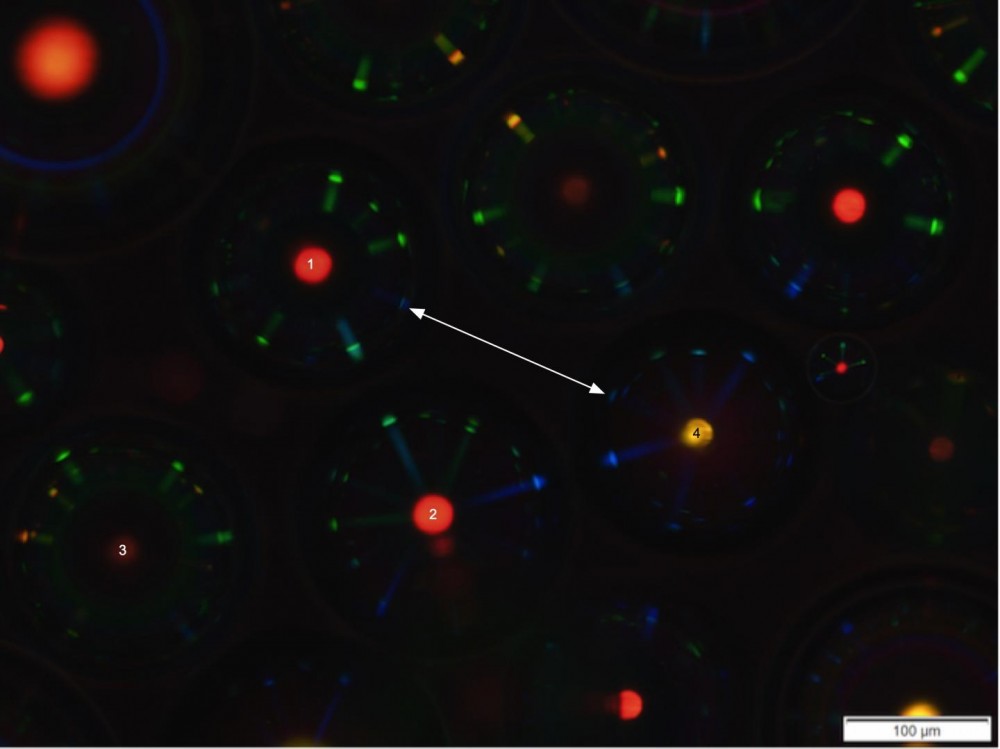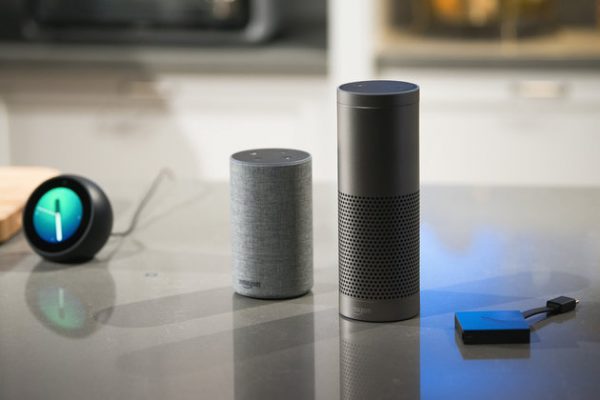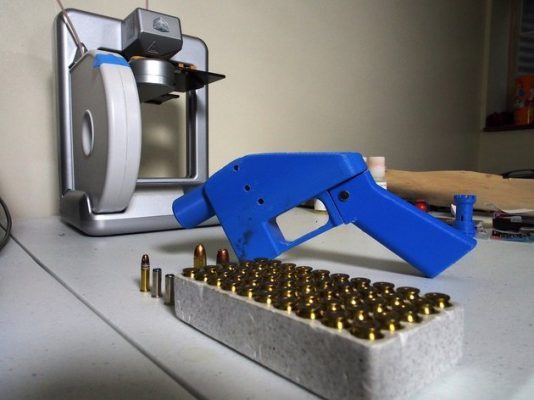Researchers Create Unclonable Patterns to Help Prevent Counterfeiting


Researchers from the University of Luxembourg, University of Ljubljana and the University of Vienna have created a new method that will produce unique reflecting patterns that can be used for a wide range of valuable objects. These patterns are not something that can be cloned or recreated and may hold the potential to be used in the identification of products without a doubt in order to prevent those who attempt to counterfeit.
Today’s world is globally connected as it has never been before and that is why it is so crucial that we are able to authenticate objects as well as people. This type of security is critical to business on many different levels: personal, societal and national. Object authentication is necessary in the purchase of highly valued objects in which both sellers and buyers want to be able to prove that the good received by the customer are, in fact, what they say they are and not copies of said product.
Object authentication is very important in business, where there are constant threats of falsified information that allows access to cloned phones, sim cards, debit cards or other pieces of equipment. In many cases, the holder of the object is able to authenticate effectively with the use of passports, badges or identification cards. There is a current trend that is leaning more and more on biometric authentication which uses fingerprints or iris recognition in order to gain access to specific locations or data. Badges are often used in high security areas, whereas fingerprints are most commonly used in personal devices as a way to gain access to personal records or templates.
Unfortunately, authentication strategies can be broken through. Objects are able to be forged. Cards can be cloned. Fingerprints can even be stolen. Copied fingerprints lead to a particularly nasty scenario that is difficult to fix because people are not able to invalidate or update their fingerprints. Basically, once they are stolen, that person is at constant risk of their information being stolen indefinitely.

A solution many people are leaning towards is known as unclonable non-biometric physical tokens. These are as unique as the biometric elements within our bodies and are readily available. The production of such a solution is extremely low. These particular features have led to a concept of Physical Unclonable Functions (or PUFs). These particular objects respond in a unique way to physical inputs of a variety of kinds. They scatter light in unpredictable directions or sparkle with a range of colors when illuminated, reacting with unspecified delays or start in random states when they are turned on. PUFs are inside most microchips and help to ensure that the silicon components come from an authorized factory. Optical PUFs are far rarer, generating a response to light input that can be caught on camera in order to authenticate the valuable item which a PUF is attached to.
Dr. Gabriele Lenzini and Professor Jan Lagerwall have proposed a new type of PUF that is based on the strange optics of spheres of a cholesteric liquid crystal. Their self-assembled periodic structure is characteristic of this type of liquid crystal; the spheres reflect specific colors in the same way a butterfly or peacock wings do. The team conducted a detailed analysis of the optics of a large number of spheres and found that the spheres communicate with one another in very unexpected ways. The communication via light leaves a unique color patterns that can be tuned dynamically by changing the way the spheres illuminate. Different types of liquid crystal spheres can be arranged randomly in a token, generated patterns that the authors postulate are just as random, making it impossible to copy the token and its set of patterns. This makes it a very good candidate for the PUF to authenticate people and objects.
The paper describes a new method the team is working on in order to anneal the spheres that drastically reduces their production time, using a microfluidic process that is extremely low cost. The authors are continuing discussions about how this new category of PUF can be used in a wide range of security applications, aiding to solve a problem that is very important on a societal level.
This new authentication technique was published in Scientific Report journal.
Save









